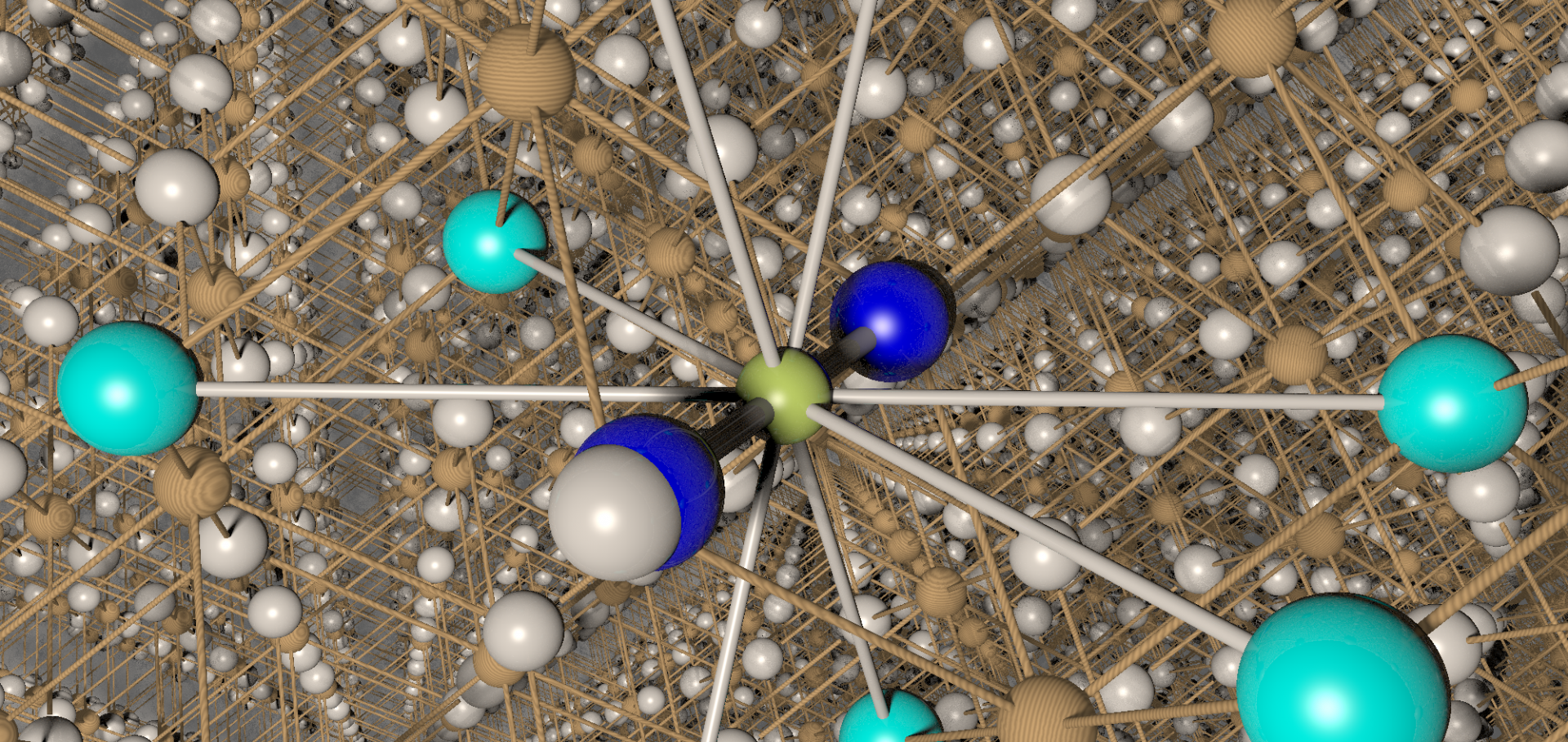The mapping of the quasi-two-dimensional Fermi surface sections of organic conductors
SYNTHETIC MET 120:1-3 (2001) 989-990
Abstract:
We have developed a model for parameterizing the shape of the quasi-two-dimensional (Q2D) Fermi surface (FS) sections found in many organic molecular metals. Using this model, we show that it is possible to extract more detail about the Q2D pocket shape from angle-dependent magnetoresistance oscillations than in the traditional approximation which assumes an elliptical FS shape. We also consider the implications for cyclotron resonance experiments.The mapping of the quasi-two-dimensional Fermi surface sections of organic conductors
Synthetic Metals 120:1-3 (2001) 989-990
Abstract:
We have developed a model for parameterizing the shape of the quasi-two-dimensional (Q2D) Fermi surface (FS) sections found in many organic molecular metals. Using this model, we show that it is possible to extract more detail about the Q2D pocket shape from angle-dependent magnetoresistance oscillations than in the traditional approximation which assumes an elliptical FS shape. We also consider the implications for cyclotron resonance experiments.mu SR studies of the flux vortex phases in a BEDT-TTF superconductor
SYNTHETIC MET 120:1-3 (2001) 1015-1016
Abstract:
mu SR has been used to probe the structure and stability of the flux vortex array in the organic superconductor kappa-(BEDT-TTF)(2)Cu(SCN)(2), At temperatures below 5 K and fields below 5 mT the internal field distribution is found to closely match that expected for a three dimensional (3D) Abrikosov flux line lattice (FLL). Careful studies in this 3D-FLL regime have enabled an improved measurement of the temperature dependence of the superconducting penetration depth to be made. A linear term is found in the temperature dependence of the penetration depth, suggesting the presence of line nodes in the gap parameter and d-wave pairing.μSR studies of the flux vortex phases in a BEDT-TTF superconductor
Synthetic Metals 120:1-3 (2001) 1015-1016
Abstract:
μSR has been used to probe the structure and stability of the flux vortex array in the organic superconductor κ-(BEDT-TTF)Fermi surface shape and angle-dependent magnetoresistance oscillations
Journal of Physics Condensed Matter 13:10 (2001) 2271-2279


